Numbers speak for themselves
After more than half of the implementation of the Program, with the timely and close leadership of the Provincial Party Committee, the drastic and flexible direction of the Thanh Hoa Provincial People's Committee; the efforts of all levels, sectors and people of ethnic minorities and mountainous areas, up to now, 12/28 targets have been achieved and exceeded (by 43%). The socio -economic situation, national defense and security in ethnic minorities and mountainous areas in Thanh Hoa province continue to change positively; the material and spiritual life of the people is stable and gradually improved; education and health care in ethnic minority areas have made much progress; ethnic cultural values continue to be preserved and promoted.
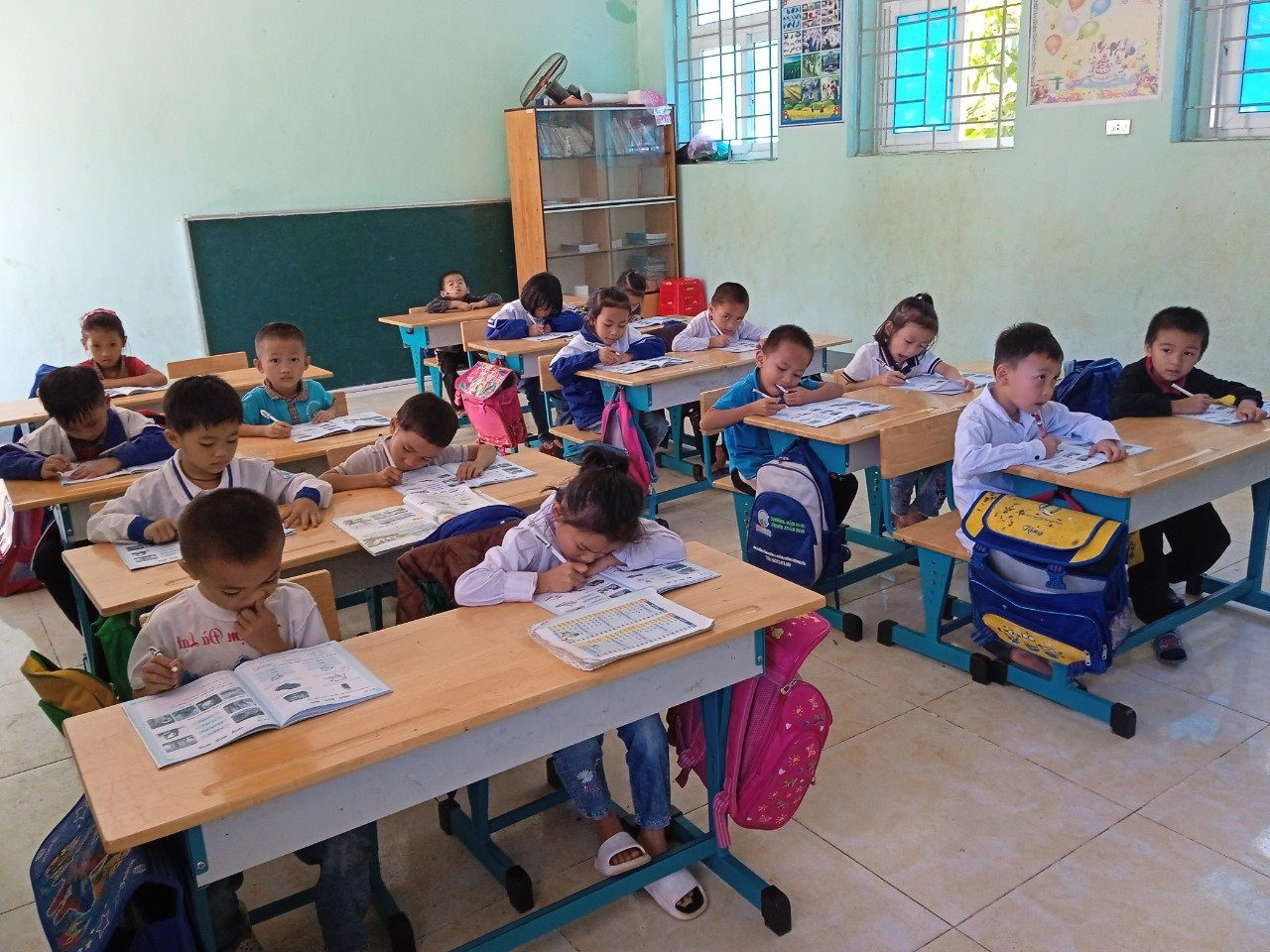
Regarding socio-economic infrastructure, up to now, 100% of the roads from villages to the commune center have been paved; 68% of the roads in villages have been asphalted or concreted; 135 reservoirs, dams, and canals have been invested in construction from capital sources of the National Target Programs, the Program on safety of reservoirs, dams, and local dykes, and WB loans...
The rate of households using hygienic water is estimated at 93.6%, an increase of 2.8% compared to 2020 (of which, the rate of households using clean water according to the standards of the Ministry of Health is 39.8%). Completed investment in electricity infrastructure for 23 villages and hamlets of 06 districts; in 2023, continued investment in electricity supply for 857 households in the remaining 14 villages and hamlets without national grid electricity in 02 districts (Thuong Xuan, Muong Lat). Telecommunications and television network infrastructure has been expanded; to date, there are 2,904 mobile information transmission and reception stations and 363 Internet access stations, ensuring coverage, providing telecommunications, Internet, and television services to 100% of commune centers and 99.7% of villages and hamlets in the area.
Notably, the average income per capita in mountainous areas in Thanh Hoa reached 38.12 million VND (in 2022); the poverty rate in mountainous districts decreased from 19.9% to 15.19% (down 4.81%, according to the poverty standard for the period 2022 - 2025); the near-poor household rate decreased from 21% to 17.07% (down 3.93%); the ethnic minority poor household rate decreased from 27.23% to 19.86% (down 7.37%); the rate of solidly built schools reached 100%; the rate of solidly built commune health stations reached 89.7%; the rate of communes meeting national criteria on health reached 93.1%; the rate of health stations with doctors reached 91.4%; the rate of ethnic minorities participating in health insurance reached 74%; The rate of trained workers reached 56.2%; the rate of households using hygienic water reached 93.6%; the rate of ethnic minorities watching television and listening to radio reached 100%...
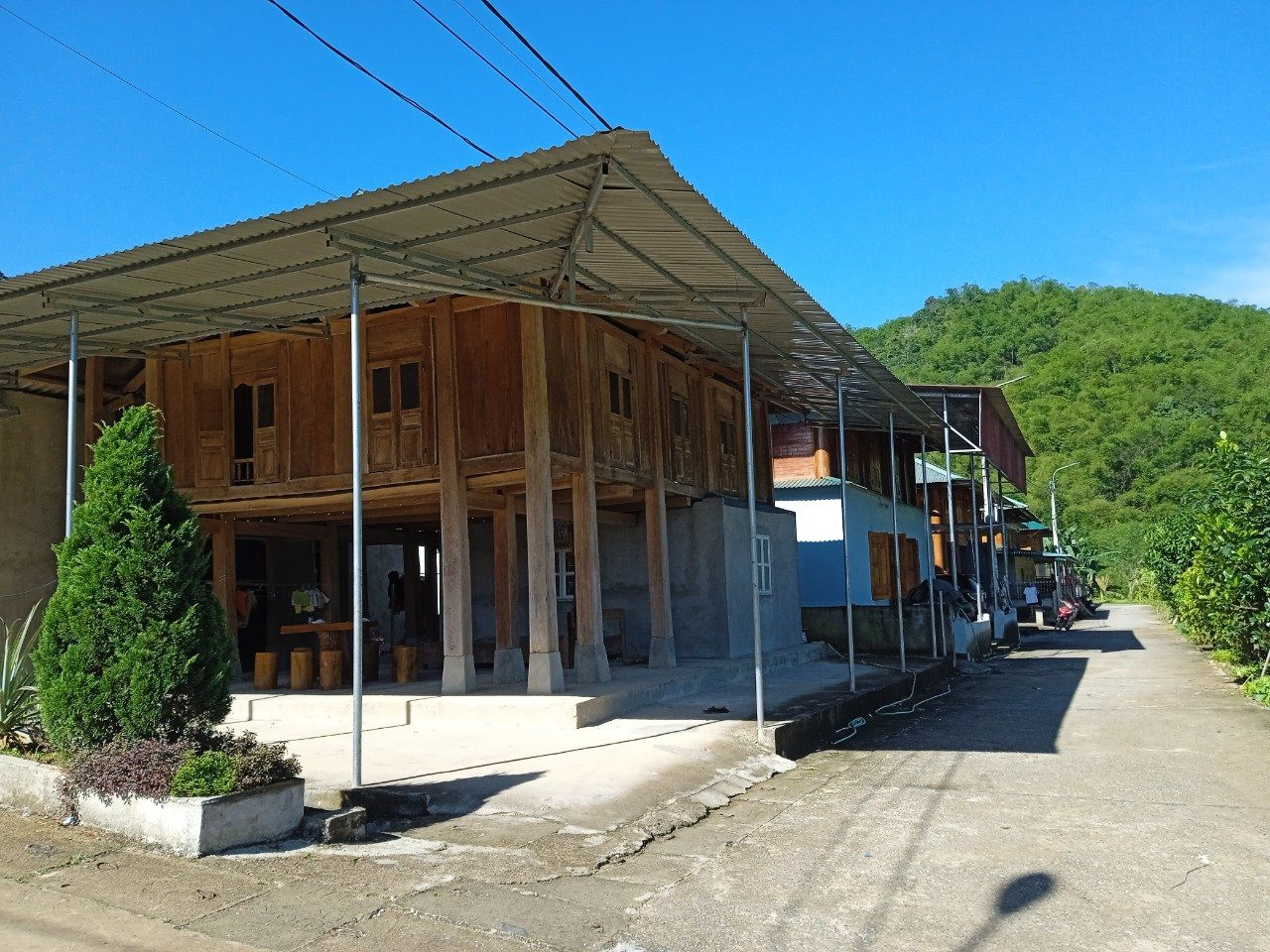
The lives of ethnic groups are developing.
From the policies in the Socio-Economic Development Program for the mountainous areas of Thanh Hoa province, many poor households have changed their previous backward farming practices and habits, boldly transformed the structure of crops and livestock, and applied scientific and technical advances in production, bringing about higher economic efficiency and income value.
Mr. Tran Van Quyet, Party Cell Secretary, Head of Xuan Hop Village, Xuan Binh Commune, Nhu Xuan District also said that in the past, intensive farming of rice, corn, and swidden fields had low economic efficiency, but now they have switched to industrial crops to reduce poverty. People see the high economic efficiency, so they all learn how to do business to reduce poverty.
Mr. Lo Van Thao, Quan Hoa district enthusiastically shared: “In the past time, we have received support from local authorities at all levels to develop production, diversify livelihoods and replicate effective poverty reduction models. Poor and near-poor households have been supported with seeds, livestock, and crops of economic value, and have been trained in techniques to apply in production to help improve productivity and achieve high economic efficiency.”
As one of the ethnic minority families that escaped poverty thanks to the government's support policy for growing bamboo, Mr. Vi Van Mung, Muong Lat district said: Due to the suitability of the soil and climate and proper care according to technical processes, the family's bamboo area has now begun to yield harvests. In this land, there is no tree more suitable than bamboo. After 4 to 5 years, the bamboo trees begin to yield harvests, bringing in a value of 60 to 70 million VND/year, the bamboo tree has a root cycle of over 60 years. In addition to growing bamboo, the family is assigned by the local government to protect and plant nearly 3 hectares of forest and is paid by the State for environmental protection services. We use this money to buy materials to plant, develop and protect the forest.
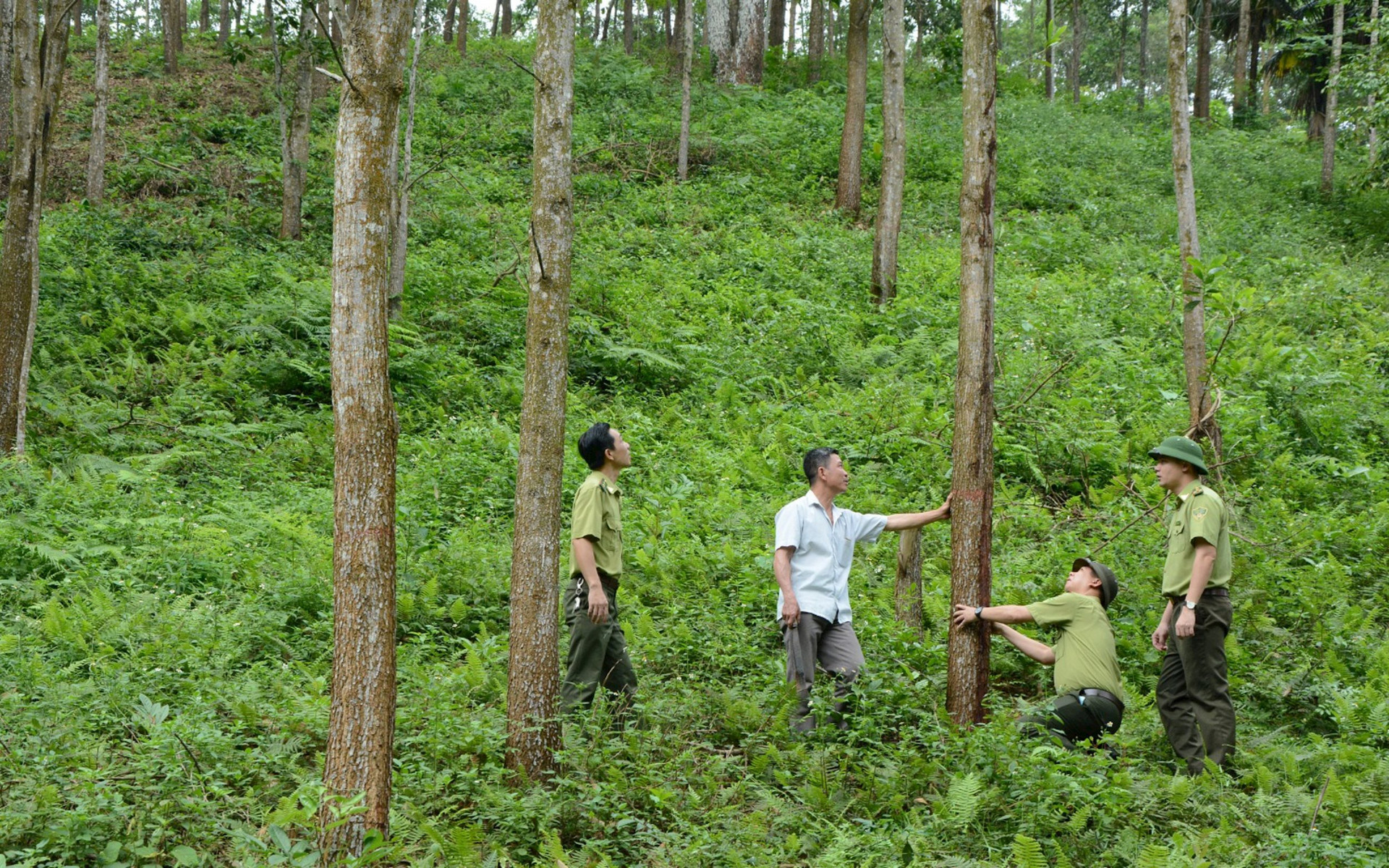
Looking at the vast green bamboo forests, bringing high economic value, it is not too much to call these "giant green gold bars" contributing to the economic development of the lives of ethnic minorities in the mountainous areas in general, and poverty reduction for the people of Muong Lat district.
To implement the National Target Program on Sustainable Poverty Reduction in the period 2023 - 2025, Thanh Hoa province sets the target: the poverty rate will decrease by an average of 1.5% or more annually, in which the poverty rate of ethnic minorities will decrease by an average of 3% or more annually. Although encouraging results have been achieved, compared to the set target, the remaining tasks of the program are very large.
Therefore, in the coming time, Thanh Hoa province continues to identify the key solution as focusing on improving the effectiveness of leadership and direction of Party committees and authorities in implementing the program. Strengthening propaganda to arouse the will to strive and eliminate the mentality of waiting for feedback from poor and near-poor households. At the same time, focusing resources on investing in socio-economic infrastructure development; promoting production development, increasing income, improving people's lives; promptly and fully implementing the contents of projects and sub-projects under the National Target Program for Sustainable Poverty Reduction every year.
Source




![[Photo] Closing ceremony of the 18th Congress of Hanoi Party Committee](https://vphoto.vietnam.vn/thumb/1200x675/vietnam/resource/IMAGE/2025/10/17/1760704850107_ndo_br_1-jpg.webp)



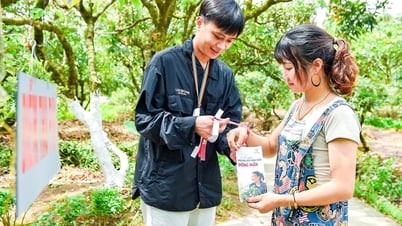









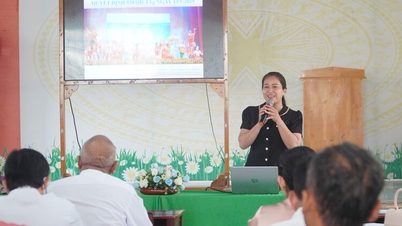

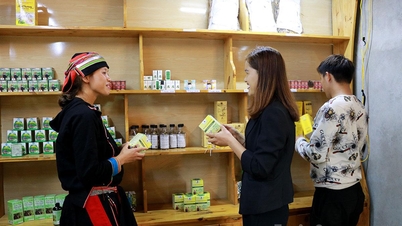

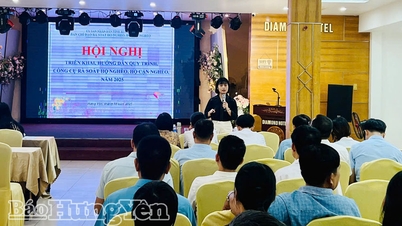

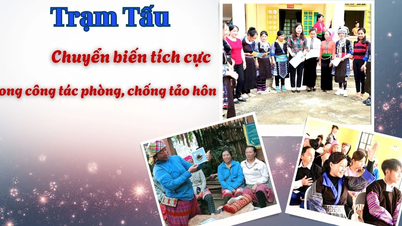



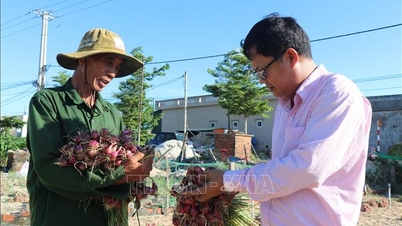





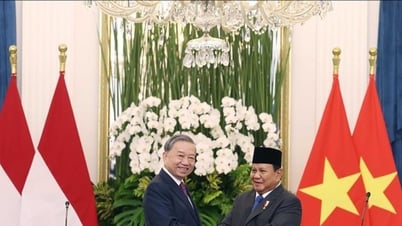
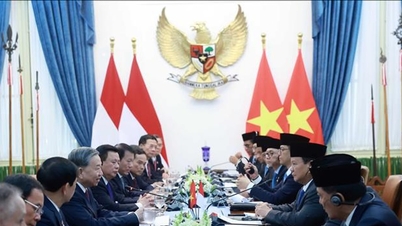

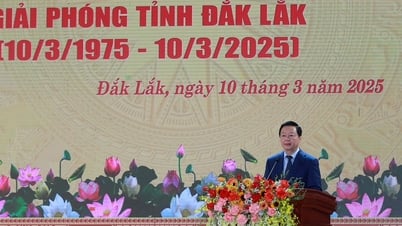
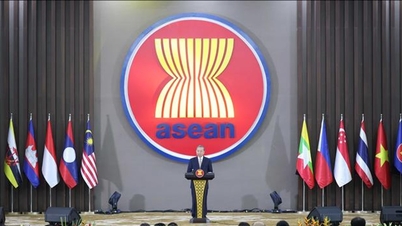


![[Photo] Nhan Dan Newspaper launches “Fatherland in the Heart: The Concert Film”](https://vphoto.vietnam.vn/thumb/1200x675/vietnam/resource/IMAGE/2025/10/16/1760622132545_thiet-ke-chua-co-ten-36-png.webp)


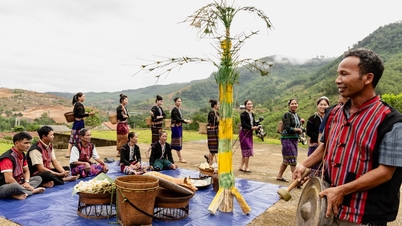



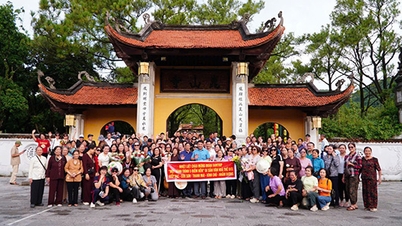








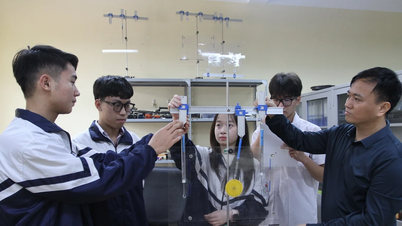









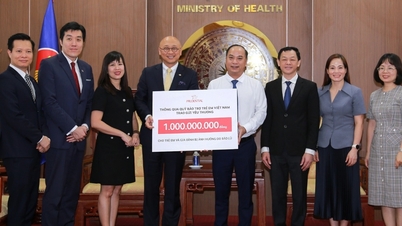

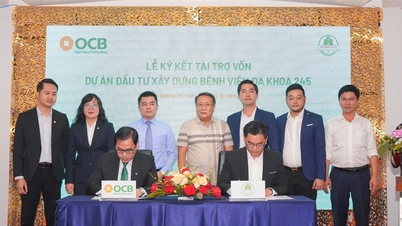







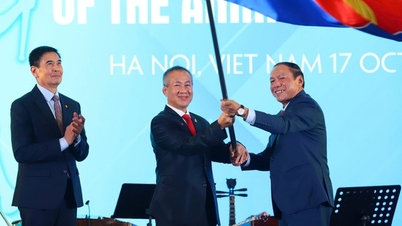









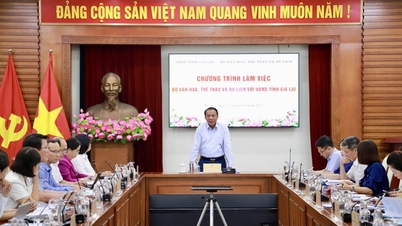
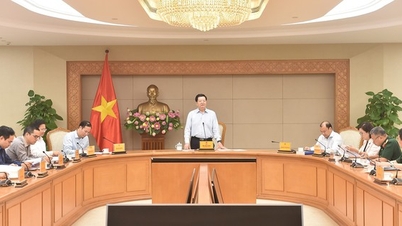
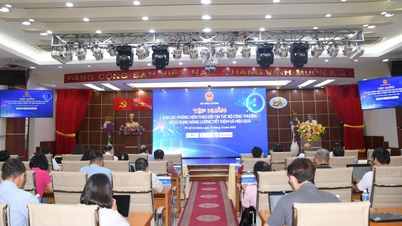

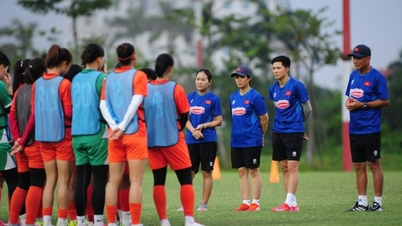

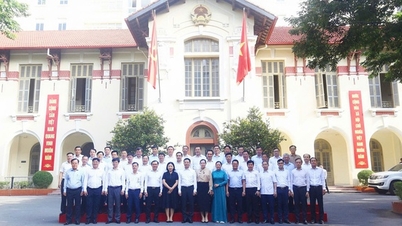



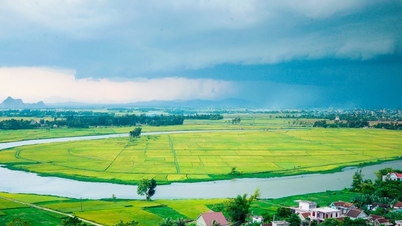



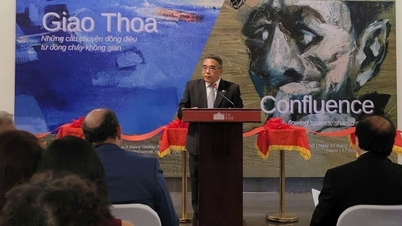



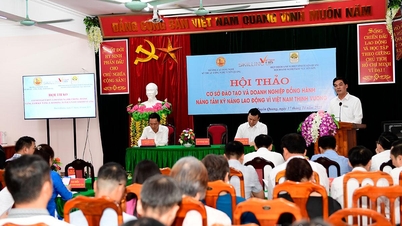
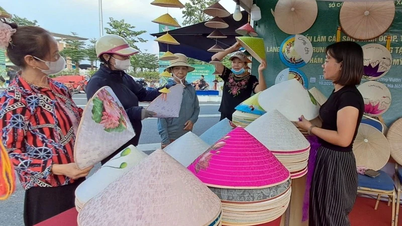
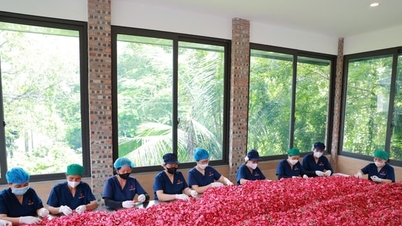


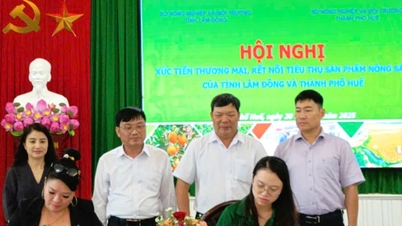




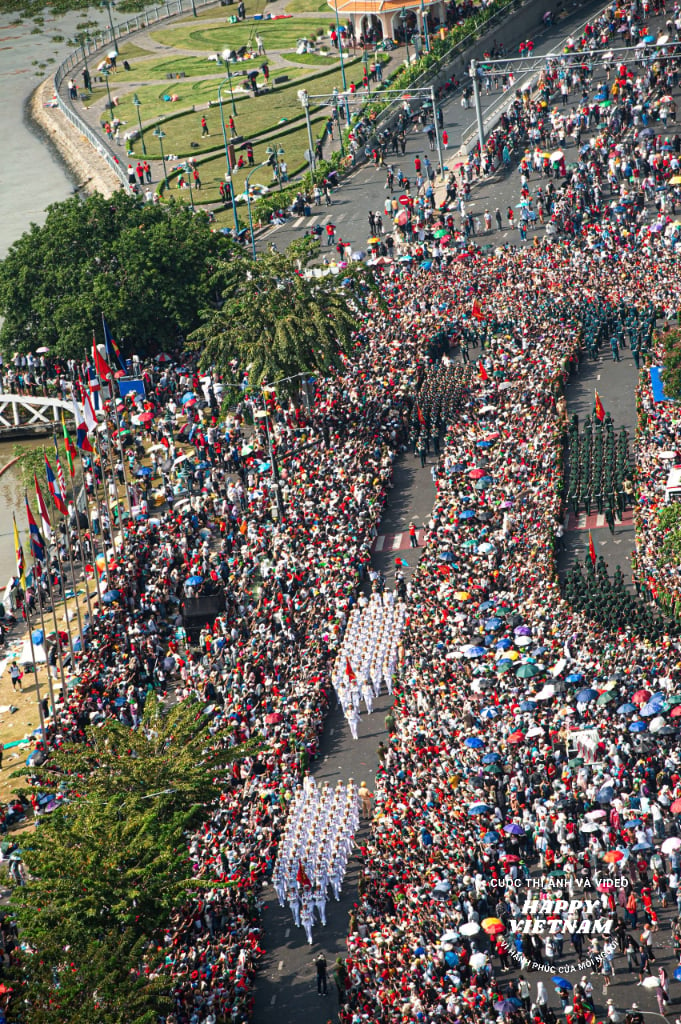



Comment (0)